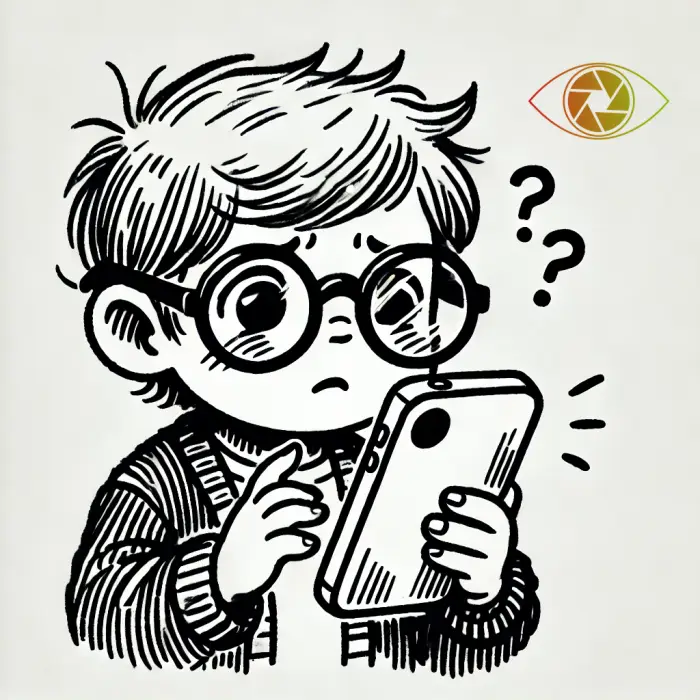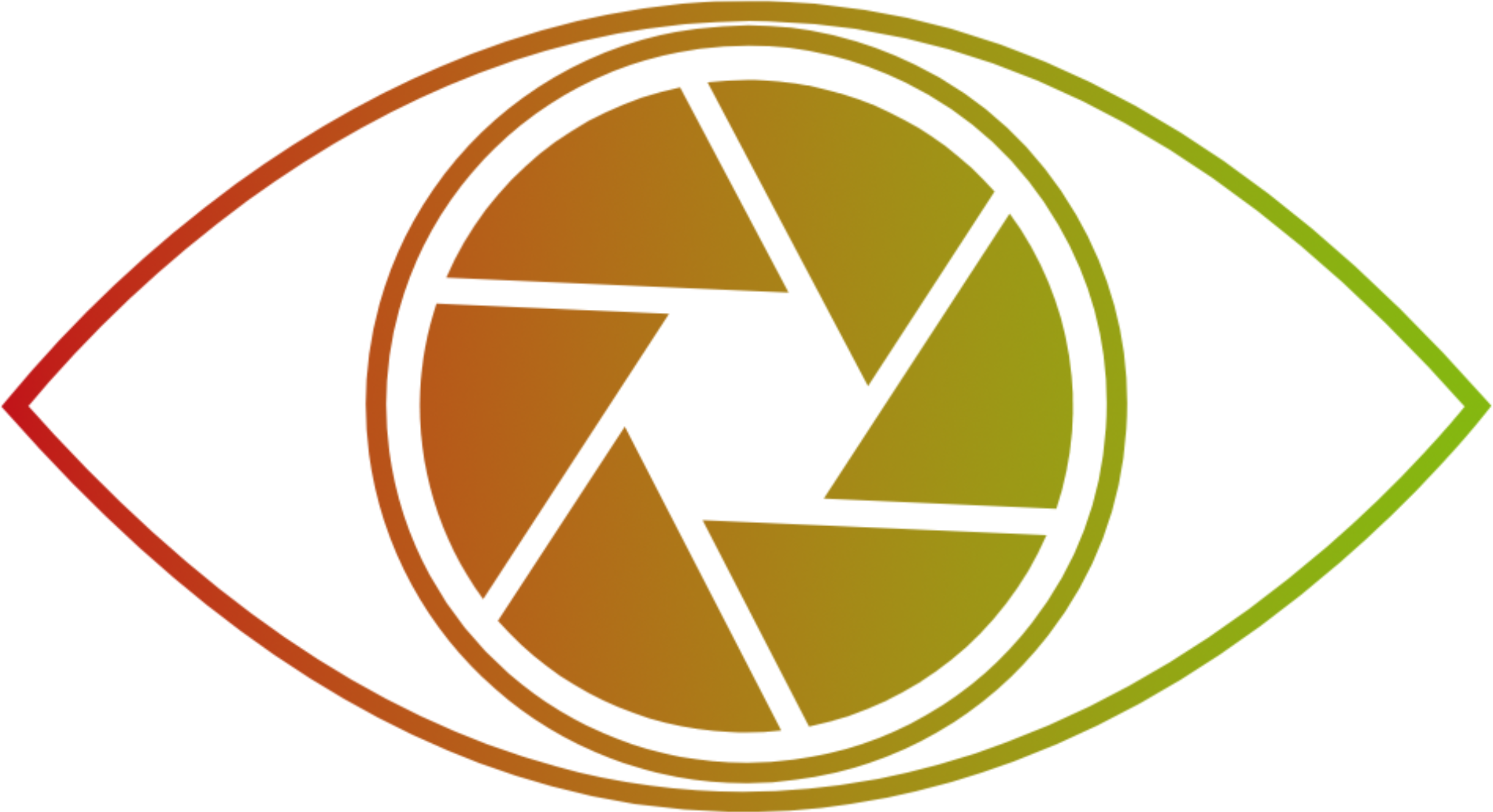Understanding Myopia in Children
Myopia, also known as nearsightedness, is a common refractive error that affects millions of people worldwide. In the past, this condition typically started to show up during late childhood or early adolescence. However, in recent years, a concerning trend has emerged: Myopia is becoming more prevalent in younger children, sometimes even before they start school. This shift raises the question, why is children’s vision deteriorating at an earlier age than ever before?
In this article, we’ll dive into what myopia is, why it’s occurring at younger ages, and how it impacts children’s health and development. We’ll also discuss what parents and caregivers can do to help protect their children’s eyesight.

What is Myopia?
The Basics of Myopia
Myopia is a condition in which a person can see nearby objects clearly but struggles to focus on objects that are far away. This happens when the eye is too long relative to its focusing power, or the cornea is too curved. As a result, light entering the eye doesn’t focus properly, causing distant objects to appear blurry.
Symptoms of Children’s Myopia?
For children, the signs of myopia can be tricky to detect, especially if they are too young to express discomfort. Common symptoms of myopia include:
- Squinting when trying to see distant objects.
- Complaints of headaches or eye strain.
- Difficulty reading the board at school or watching TV from a distance.
- Frequent rubbing of the eyes or blinking.
If these symptoms sound familiar, it’s important to schedule an eye examination for your child to ensure their vision is in good health.
The Rising Trend of Early-Onset Myopia
Statistics of Children’s Myopia
Studies show that myopia is becoming increasingly common among children, with an alarming rise in cases among those as young as four or five years old. According to the World Health Organization (WHO), nearly 50% of the global population will be myopic by 20501, and a large percentage of this will involve younger age groups. This shift is concerning, as early-onset myopia often worsens as children grow, leading to a higher risk of more severe vision problems later in life.
According to a poll of 24,600 participants conducted on the website Trumblr.com, the onset of myopia in children is occurring earlier than ever before.
The survey revealed the following data:
- 22% of respondents first started wearing glasses at the age of 8-10.
- 20.6% received their first prescription for glasses between the ages of 13-19.
- 15.6% of respondents were prescribed glasses at the age of 5-7.
- Alarmingly, 3.9% of the participants experienced the onset of myopia as early as under the age of 4.
These statistics reinforce the growing concern that children are developing myopia at much younger ages, and that early intervention may be needed to protect their vision.
Why is Children’s Myopia Developing at Younger Ages?
Several factors are believed to be contributing to the rise of myopia in younger children. A combination of lifestyle changes, environmental factors, and genetics is at play. While genetics certainly plays a role in the development of myopia, it is not the only determining factor.
Factors Contributing to Early-Onset Myopia
Increased Screen Time and Digital Devices
One of the most significant contributing factors to the rise in myopia among children is the excessive use of digital devices. With smartphones, tablets, and computers becoming integral parts of daily life, children are spending more time indoors engaging in close-up activities like gaming, watching videos, and studying online. Prolonged close-up screen use causes the eye to focus at a shorter distance, which can strain the eye muscles and contribute to the development of myopia.
Lack of Outdoor Activities
Outdoor time is essential for maintaining healthy vision, but many children today are spending less time playing outside. Natural light helps to regulate eye growth and may reduce the risk of myopia. Studies have shown that children who spend more time outdoors, particularly in bright natural light, have a lower risk of developing myopia. Unfortunately, with the rise of indoor-based hobbies and digital entertainment, fewer children are getting the outdoor exposure their eyes need to stay healthy.
Genetics and Family History
Genetics also plays a key role in whether a child will develop myopia. If one or both parents are myopic, there is an increased likelihood that their child will develop the condition as well. However, genetics alone is not responsible for the earlier onset of myopia—it’s the combination of genetic predisposition and environmental factors that make today’s children more vulnerable to developing the condition at an earlier age.
The Impact of Early Myopia on Children’s Future Health
Effects on Academic Performance
Children with myopia can face significant challenges at school. If their vision isn’t corrected, they may struggle to read the board or participate in classroom activities. This can lead to frustration, lowered self-esteem, and even academic underperformance. In the long run, children who don’t receive timely interventions for their vision problems may experience difficulties with learning and overall academic success.
Psychosocial Impacts of Poor Vision
The impact of myopia extends beyond the classroom. Children who experience vision problems may feel embarrassed or isolated, particularly if they have trouble seeing or participating in group activities. This can lead to negative effects on their social development, including low confidence and difficulty making friends. In some cases, the fear of being judged for wearing glasses can also affect a child’s self-image.
What Parents Can Do to Prevent Early Children’s Myopia
Encouraging Outdoor Play and Physical Activity
One of the most effective ways to prevent myopia is to encourage outdoor activities. Taking your child outside for at least two hours a day in natural daylight is a simple yet powerful step toward protecting their vision. Activities like playing in the park, hiking, or simply walking outside can help keep their eyes healthy.
Limiting Screen Time
While it’s not realistic to eliminate screen time entirely, parents can help by setting limits on how much time their child spends using digital devices. The American Academy of Pediatrics recommends that children aged 2 to 5 years have no more than one hour of screen time per day, and children over 6 should have consistent limits on recreational screen time. Encouraging breaks from screens, like the 20-20-20 rule (every 20 minutes, look at something 20 feet away for 20 seconds), can also help reduce eye strain. Children from the age of 10 can train their eyes with the help of Online Eye-Trainer.
Regular Eye Check-ups for Children
Routine eye exams are crucial for detecting myopia early. Even if your child isn’t complaining about their vision, a professional eye exam can spot potential issues before they become significant problems. Early intervention, such as prescribing glasses or contact lenses, can help prevent the condition from worsening over time.
Conclusion: Protecting Our Children’s Eyesight
As myopia becomes more common in younger children, it’s clear that the environment and lifestyle choices are playing a larger role than ever before. Parents and caregivers must take proactive steps to protect their children’s vision, from encouraging outdoor play to limiting screen time and scheduling regular eye exams. By adopting healthier habits and being mindful of the time spent on digital devices, we can help ensure that our children’s vision remains strong throughout their lives.
FAQs
1. At what age should children start getting eye exams?
It’s recommended that children have their first eye exam at age 6 months, with additional check-ups during childhood, especially if there are signs of vision issues.
2. Can myopia be reversed in children?
Myopia can’t be fully reversed, but it can be managed with corrective lenses, such as glasses or contact lenses, and in some cases, myopia control treatments may slow its progression.
3. How can outdoor play help reduce children’s myopia risk?
Exposure to natural sunlight during outdoor play can help regulate eye growth and reduce the risk of developing myopia by encouraging healthy eye development.
4. Is screen time a major factor in the development of myopia?
Yes, prolonged screen time can contribute to myopia by causing eye strain and forcing children to focus on nearby objects for extended periods. Taking breaks from screens is essential for eye health.
5. Are there any treatments to slow the progression of myopia children’s Myopia?
Yes, treatments like atropine eye drops, special contact lenses, and orthokeratology (overnight contact lenses) have been shown to slow the progression of myopia in children. Consult an eye care professional for personalized options. Children from the age of 10 can train their eyes with the help of Online Eye-Trainer.
This can be also interesting:
Why eye exercises are better than glasses
What is the Online Eye-Trainer©?
Best Eye Exercises for Digital Eye Strain (Step-by-Step Guide)
Offline Methods of Eye Training
- https://www.who.int/docs/default-source/documents/publications/world-report-on-vision-accessible-executive-summary.pdf ↩︎
